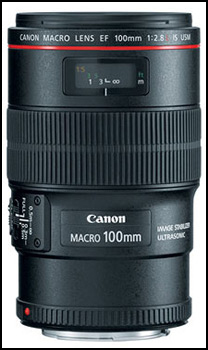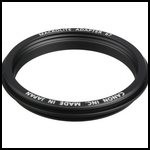 I confess, I did not bother learning much about the new Canon 100mm f/2.8L IS macro lens that was introduced early in 2010 due to the significantly greater cost and the minimal increase in usefulness for dental macro photography.
I confess, I did not bother learning much about the new Canon 100mm f/2.8L IS macro lens that was introduced early in 2010 due to the significantly greater cost and the minimal increase in usefulness for dental macro photography.
Recently, however, I learned from Mike McKenna at Photomed.net, that the new 100mm macro does NOT have the little “lip” at the end to allow the Canon MR14-EX ring flash or the Canon MT-24EX Twin Lite flash to be added. Why? I have no idea, as such flashes are an integral part of many macro photographer’s gear. In fact, I think it’s pretty stupid, but hey, I guess it’s just another way for Canon to squeeze a few more dollars out of you, because now you have to buy the Macrolite 67 adapter (see below) for another $32 or so if you do choose to buy the new version of the 100mm macro.
